Cybersecurity and Infrastructure Development
securing IT, OT and IoT Infrastructure
Committed to Excellence and Quality Result.
Blogs
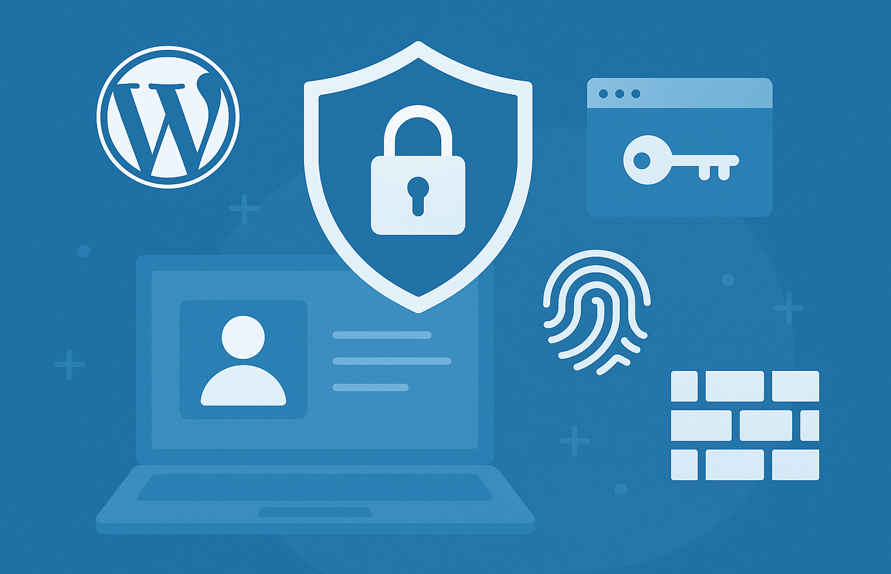
Security Technology Stack for Growing Businesses
Growing businesses face escalating cybersecurity threats, with 31% of SMBs experiencing cyberattacks and average breach costs reaching $49,600. This comprehensive guide examines essential security stack components including Identity and Access Management (IAM), Endpoint Detection and Response (EDR), network security infrastructure, cloud security platforms, SIEM solutions, and backup systems. The framework emphasizes implementing foundational controls like Australia's Essential Eight before adding sophisticated capabilities. Organizations leveraging AI and automation in security prevention save an average of $2.22 million in breach costs. Success requires a phased approach: foundation building (months 1-6), enhancement (6-12), and optimization (12-18), balancing comprehensive protection with practical resource constraints for sustainable growth.
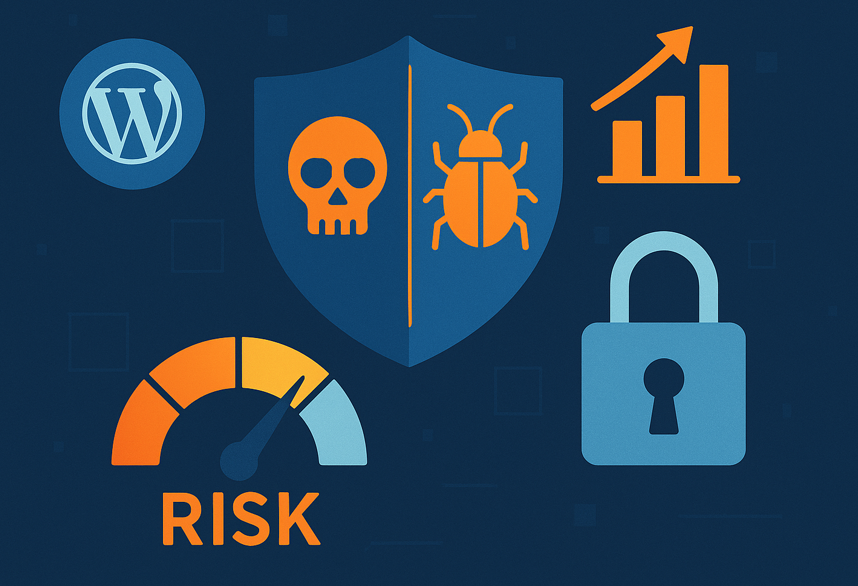
Risk-Based Vulnerability Prioritization: A Strategic Approach to Modern Cybersecurity
Traditional vulnerability management approaches fail to address the overwhelming volume of security threats facing modern organizations. With over 40,000 CVEs published in 2024 and daily cyberattacks averaging 600 million, relying solely on CVSS scores proves inadequate. Risk-based vulnerability prioritization transforms cybersecurity strategy by incorporating threat intelligence, asset criticality, and environmental context alongside predictive models like EPSS (Exploit Prediction Scoring System). This approach enables organizations to focus limited resources on vulnerabilities posing the greatest actual risk, rather than simply addressing those with highest severity scores. By integrating machine learning, automated workflows, and continuous threat intelligence, organizations can achieve superior security outcomes while optimizing resource allocation in today's complex threat landscape.
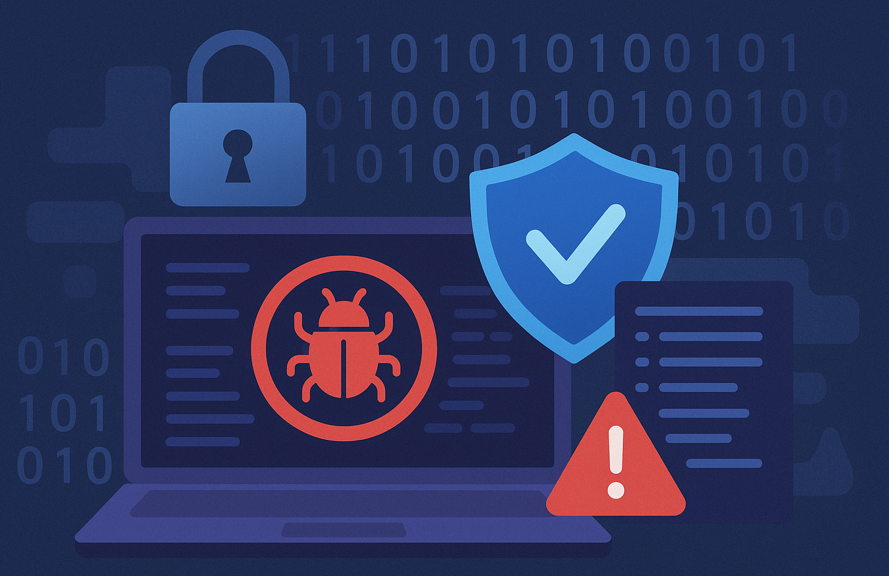
Zero-Day Vulnerability Response Planning: A Comprehensive Framework for Australian Enterprises
Zero-day vulnerabilities pose critical threats to Australian enterprises, with 75 exploits recorded in 2024 (44% targeting enterprise products). This comprehensive framework outlines essential components for effective response planning, including detection systems, incident classification, communication protocols, and temporary mitigation strategies. Key insights from Microsoft's SharePoint and Windows CLFS incidents demonstrate the rapid escalation potential from zero-day exploitation to ransomware deployment. Australian organizations must integrate multi-layered monitoring, automated response capabilities, and continuous improvement processes while aligning with ASD's ACSC guidance. Proactive vulnerability management combining threat intelligence, security orchestration, and regular testing through tabletop exercises enables resilient defense against unknown vulnerabilities threatening organizational survival.
Backup and Recovery: Building Resilience Against Ransomware
In today’s digital landscape, ransomware has emerged as one of the most pervasive and damaging cyber threats facing organizations of all sizes. As cybercriminals continue to refine their tactics, Australian businesses find themselves increasingly in the crosshairs. The stakes couldn’t be higher: when ransomware strikes, organizations face not just financial demands but operational paralysis, reputational damage, and potentially devastating data loss.
Articles

ChatOps revolutionizes cybersecurity collaboration by integrating chat platforms with automated tools and processes, creating centralized command centers for real-time threat response. This approach addresses traditional security challenges including fragmented communication, tool sprawl, and information silos that plague modern security operations centers. By enabling natural language commands for complex security operations, ChatOps significantly reduces mean time to response (MTTR) while improving transparency and team coordination. Implementation requires careful platform selection, robust security measures, and comprehensive training programs. As cyber threats evolve, security teams adopting ChatOps methodologies gain enhanced operational efficiency, better incident management, and improved collaborative capabilities across distributed environments.
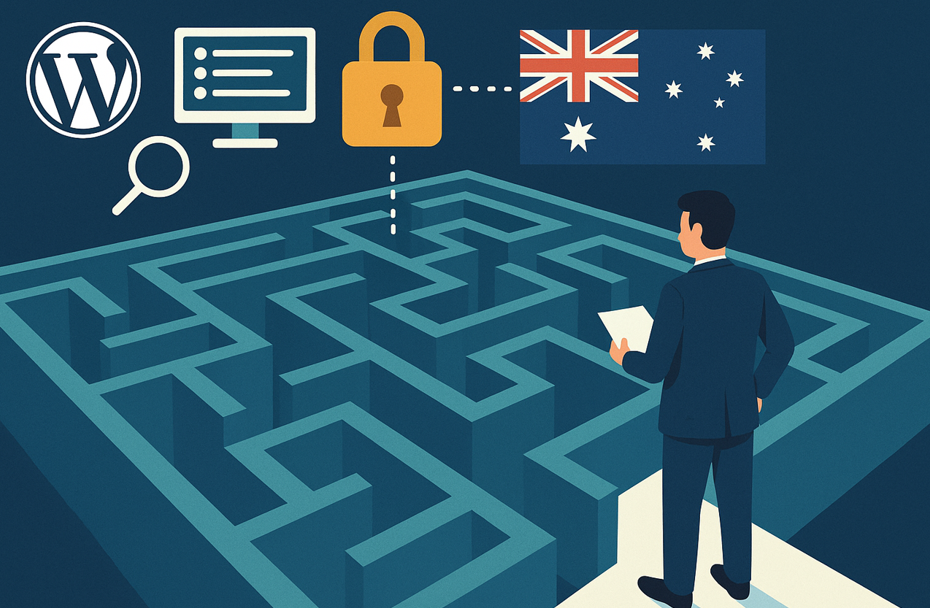
In Australia’s evolving digital landscape, effective log management has become essential for cybersecurity and regulatory compliance. With 87,400+ cybercrime reports filed in 2023-2024 and stringent legislation like the Privacy Act and Security of Critical Infrastructure (SOCI) Act, organizations must transform logs from operational byproducts into strategic security assets. This comprehensive guide outlines seven key pillars: comprehensive collection, centralization, normalization, real-time analysis, secure storage, access control, and incident response. By implementing these practices, Australian businesses can meet compliance requirements while building robust defenses against cyber threats, turning potential compliance burdens into powerful security enablers that protect valuable data and organizational reputation.

Australia’s privacy landscape underwent major transformation in 2024 with sweeping reforms to the Privacy Act 1988. The Privacy and Other Legislation Amendment Act 2024 strengthens consumer rights while imposing stricter business obligations. Key changes include penalties up to $50 million, enhanced security requirements, and expanded breach notification rules. Data breaches reached record levels with over 1,100 incidents reported in 2024, driven primarily by cybersecurity incidents (38%) and human error (30%). Businesses must now implement privacy-by-design approaches, robust security frameworks, and comprehensive incident response plans to ensure compliance in this evolving regulatory environment.

Alert fatigue has become a critical challenge for Australian cybersecurity operations, with 51% of Security Operations Centers overwhelmed by alert volume. This phenomenon occurs when security professionals become desensitized by excessive alerts, leading to decreased responsiveness and missed threats. With organizations facing 600 million daily cyberattacks globally, effective prioritization strategies are essential. Six evidence-based approaches can combat alert fatigue: leveraging threat intelligence, consolidating security ecosystems, implementing machine learning correlation, utilizing watchlists, deploying user behavior analytics, and automating routine tasks. These strategies can reduce alert volume by 30-70% while maintaining detection capabilities and improving analyst satisfaction.
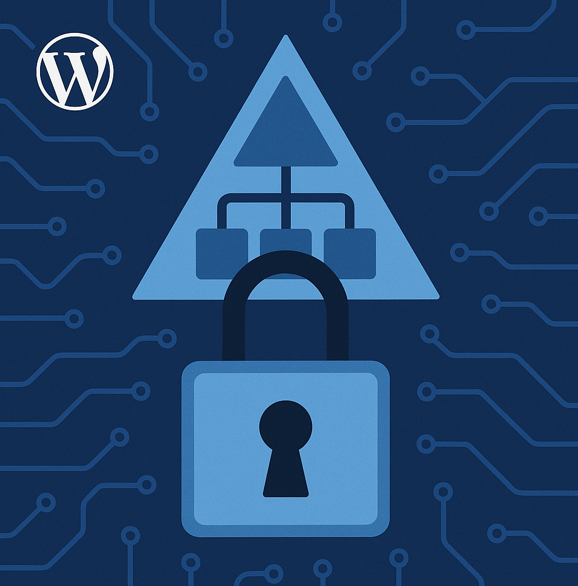
Directory services, particularly Microsoft Active Directory, have become primary targets for sophisticated cyberattacks in 2025. With over 78% of human-operated attacks involving Domain Controller breaches and average breakout times dropping to just 62 minutes, organizations face unprecedented security challenges. The Australian Cyber Security Centre and international partners emphasize that Active Directory’s widespread adoption creates numerous attack vectors including credential-based attacks, lateral movement, and privilege escalation. Modern enterprises managing hybrid cloud infrastructures must implement comprehensive security measures including robust monitoring, privileged access management, multi-factor authentication, and network segmentation to protect these critical identity management systems that serve as the foundation of organizational security.
